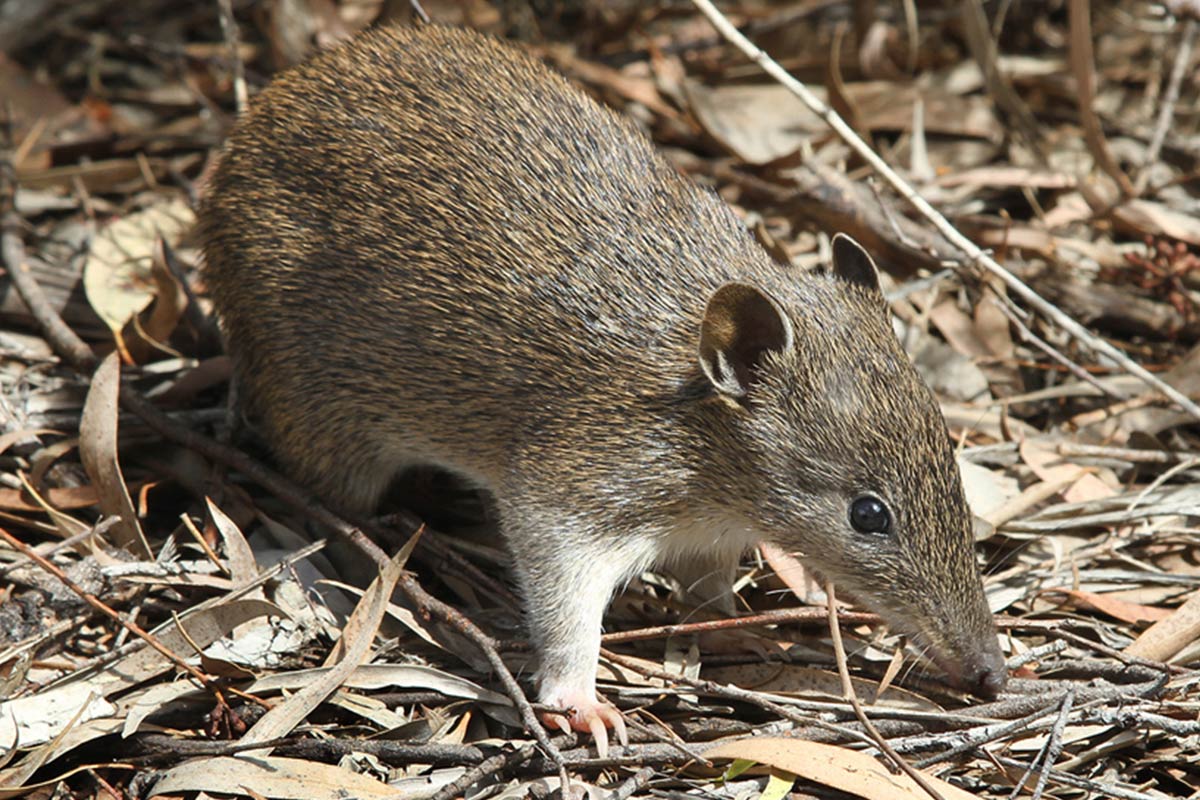Our work with invasive plants and animals (IPA) is guided by our ‘Invasive Plant & Animal Management Plan 2023 - 2028’. You can view a summary version of the plan (PDF), or you can download the full plan (PDF).
The Black Range (Eastern) has a rich diversity of mid and ground layer native flora. Its 4000 hectares of contiguous native vegetation is an important area of remnant vegetation and Aboriginal cultural significance between the Grampians (Gariwerd) National Park and the Pyrenees Ranges. The Black Range natural ecosystem has been severely changed by IPA impacts over many decades. The IPA threats to this ecosystem are ongoing and require mitigation action guided by this plan. Approximately 80% of the Black Range is private landholdings and 20% State managed conservation reserves.
The plan is designed to provide an objective and logical framework with identified priorities for the Black Range Land Management Group (BRLMG) to develop and implement coordinated and effective IPA management programs.
Objective 1. High risk new and emerging IPA species are eradicated from the Black Range.
Objective 2. Prioritised established invasive species are managed to minimise their impacts on biodiversity within the Black Range.
The plan deals with invasive plants and animals that are likely to negatively and significantly impact the biodiversity, soil, and cultural values of the Black Range. It seeks to provide information on IPA management that is recognised best practice, validated by peer reviewed scientific research. The plan utilises the government's Biosecurity approach to IPA management, aligned with the objectives above.
Invasive plants and animals and ecological processes do not respect property boundaries. A critical key to successful IPA management is coordinated landscape action by engaging a majority of landowners/managers. The BRLMG will use different levels of engagement with landowners and stakeholders to Inform, Consult, Involve, Collaborate and Empower.
Criteria used to set priorities for IPA species management in the Black Range natural ecosystem are:
The Victorian Government’s Weed Impact and Invasiveness Assessment Tables at Victorian Resources Online have been utilized to assist with setting priorities for IPA species management in the Black Range.
Highest priority species (in priority order) for management in the Black Range include:
PLANTS: Boneseed, Bridal Creeper, St John’s Wort, Blackberry, Gorse, African Weed-Orchid, One-Leaf Cape Tulip, Paterson’s Curse, Wild Watsonia.
ANIMALS: European Rabbit, Feral Goat, Fallow Deer, Red Fox, Feral Cat. Further invasive species are identified in the plan and can be dealt with as priorities and resources allow.
Example of IPA impact: It takes less than one rabbit per hectare to prevent the successful regeneration of many trees and shrubs.
A number of emerging IPA threats and challenges have been identified in the plan, that will require threat mitigation responses. For example: in a changing climate, the increase in frequency, intensity and size of environmental events such as wildfire, flood, and drought bring a higher risk of introducing and spreading new/existing IPA in the Black Range. One of the actions identified in the plan tasks the BRLMG to promote to landowners the importance of predicting, planning for and quickly responding to significant environmental events such as wildfire.
Protection of Aboriginal cultural values/sites, as well as biodiversity assets is required when implementing all IPA control works. The plan provides information and references for further information on how to plan and implement IPA control works which protect cultural heritage and environmental assets.

Priority Species for Management Action in the Black Range
The above priorities are determined in the Black Range Invasive Plant Impact Assessment/Prioritisation Table (PDF).
Weed species information and resources to ID can be found at the Agriculture Victoria website.
The high value Black Range ecosystem assets are heavily impacted by invasive animals.
Priority Species for Management Action in the Black Range
The above priorities are determined in the Black Range Invasive Animal Impact Assessment Table (PDF).
Other invasive Animals include:
In 2023 we are partnering with Parks Victoria to undertake a Deer Control Program across Black Range.